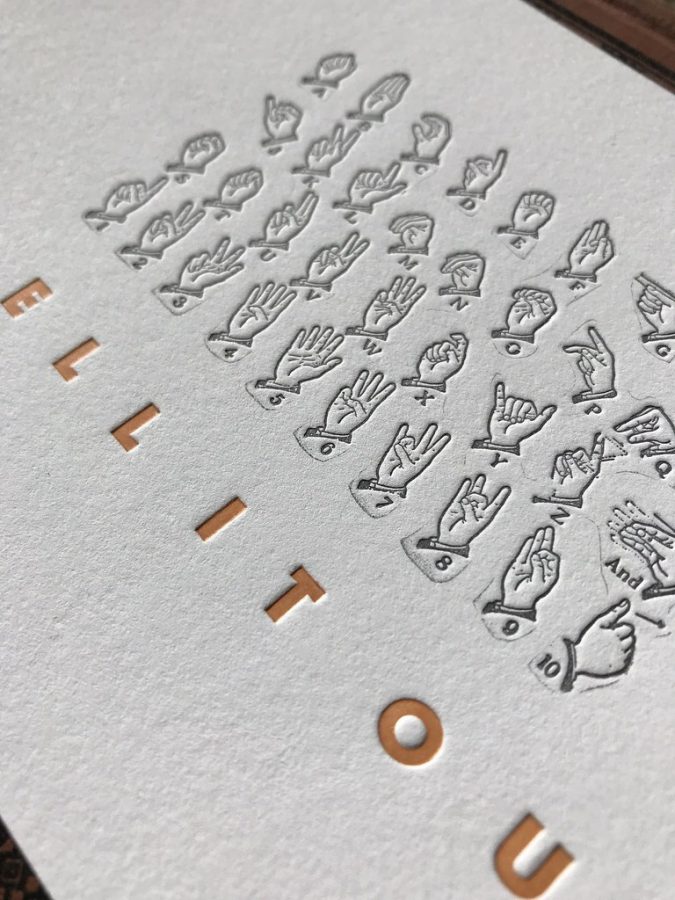ASL can benefit our generation
ASL is extremely undervalued in the US education system, causing language barriers to arise and affecting bonds between hard of hearing, deaf, and hearing people. With the introduction of ASL classes to high schools, these language barriers could be lifted and people would be more likely to communicate with each other.
The importance of ASL is rarely accounted for by American education systems; however, the lack of education and classes for the language can cause an extreme disconnect between hard of hearing, deaf people, and hearing people. The National Center for Health Statistics has estimated that around 28 million people in the US have some grade of hearing loss.
Lack of ASL classes in high schools can cause young students to not be able to communicate with deaf and hard-of-hearing classmates. This causes language barriers between students. With these barriers, collaboration in classrooms may falter. Group projects and activities can become more difficult when students are not able to communicate with one another. This causes division within classrooms which can be detrimental to students and teachers.
Outside of collaboration issues, there can become a divide between students socially. With a lack of communication abilities, hearing students often leave out or pay no attention to the deaf and hard of hearing students in the room. This causes them to be left out of students’ conversations and takes away the social aspect of school for deaf and hard-of-hearing students.
According to Healthy Hearing, a hearing care clinic, “Communication is vital to social interactions and healthy peer relationships; without the ability to communicate effectively, [hard of hearing and deaf students] often experience feelings of isolation and unhappiness”.
A lack of ASL classes makes it less likely for people to learn the language at all. When teens become adults, they have less free time. Full-time jobs and other adult responsibilities leave less time for people to learn things such as a new language. However, in high school, many students already are required to take a language class, so having ASL as an option would open up the opportunity for students.
According to Educational PlayCare, an early childhood education organization, learning ASL at a young age “enriches and enhances children’s cognitive processes, leading to higher abstract and creative thinking, better problem-solving skills, greater cognitive flexibility, better listening skills, greater academic achievement, and much more”. All these positive effects prove how beneficial having ASL classes in high school can be.
Implementing ASL classes into schools not only would help students expand their knowledge of other languages but also would prevent language barriers that can later affect them in life.
This is BROOKLYN RADMAN. She is a sophomore at Sun Valley High and this is her first year being a staff writer for the SPARTAN SHIELD. Most of her time...




